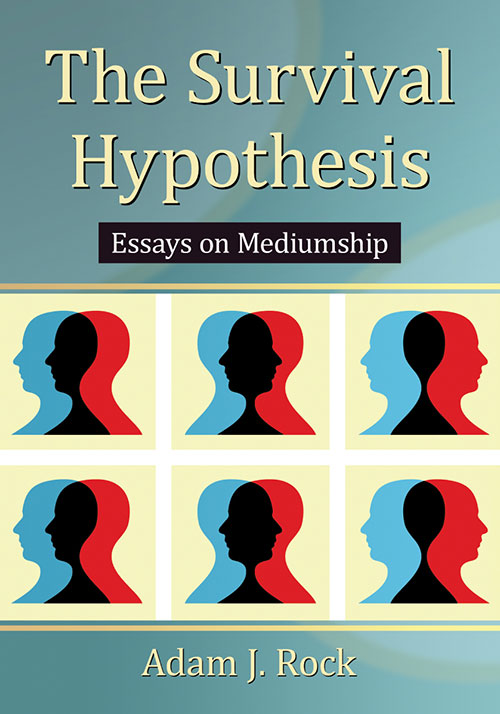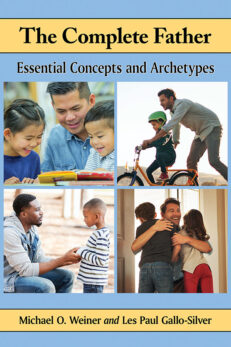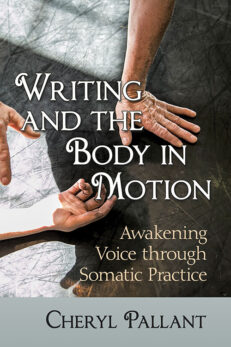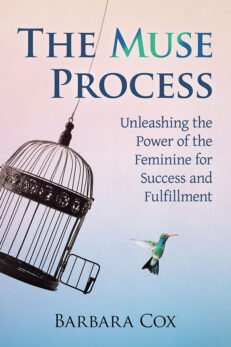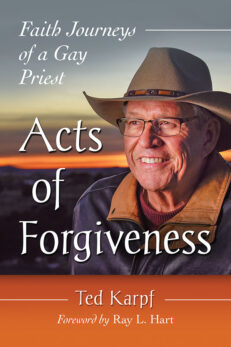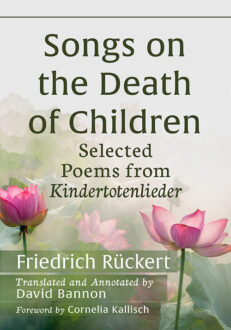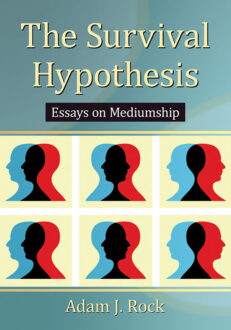The Survival Hypothesis
Essays on Mediumship$49.95
4 in stock
About the Book
Contemporary parapsychology tends to be preoccupied with ESP (telepathy, clairvoyance, precognition) and psychokinesis. In contrast, this cutting-edge anthology assembles an international team of experts from the fields of psychology, parapsychology, philosophy, anthropology and neuroscience to examine critically what is referred to as the survival hypothesis: the tentative statement or prediction that some aspect of our personhood (e.g., consciousness) persists subsequent to the death of the physical body.
The appraisal of the survival hypothesis will be restricted to the phenomenon of mediumship; that is, humans who ostensibly communicate with the deceased. The book has been divided into four main sections: Explanation and Belief; Culture, Psychopathology and Psychotherapy; Empirical Approaches; The Present and Future. The issue of postmortem survival is supremely relevant to us all because the human encounter with death is, of course, a certainty.
About the Author(s)
Bibliographic Details
Adam J. Rock
Format: softcover (7 x 10)
Pages: 320
Bibliographic Info: 10 photos, notes, bibliographies, index
Copyright Date: 2014
pISBN: 978-0-7864-7220-8
eISBN: 978-1-4766-1442-7
Imprint: McFarland
Table of Contents
Foreword by Lance Storm 1
Preface 5
Introduction: The Medium and the Message (Adam J. Rock) 7
Part 1: Explanation and Belief
The Possibility of Mediumship: Philosophical Considerations (Stephen E. Braude) 21
Is Postmortem Survival the Best Explanation of the Data of Mediumship? (Michael Sudduth) 40
Non-Parapsychological Explanations of Ostensible Mediumship (Chris A. Roe and Elizabeth C. Roxburgh) 65
A Skeptic’s View of Mediumship (Krissy Wilson) 79
The Psychology of Belief in Discarnate Communication (Tony Jinks) 90
Part 2: Culture, Psychopathology and Psychotherapy
Cultural Aspects of Personality, Beliefs and Attentional Strategies in Mediumship (Joan H. Hageman and Stanley Krippner) 107
Shamanism and Mediumship: Confluence and Difference (Rafael G. Locke, Adam J. Rock and Roger N. Walsh) 122
Communication with Gods and Spirits in East and Southeast Asia (Christopher C. Cott) 135
Mediumship and Psychopathology (Jacob Kaminker) 146
Mediumship and Psychotherapy (Rafael G. Locke) 160
Part 3: Empirical Approaches
Advances in Quantitative Mediumship Research (Julie Beischel) 177
A Review of Qualitative Mediumship Research (Kylie Harris and Carlos S. Alvarado) 196
A Mixed Methods Approach to Mediumship Research (Elizabeth C. Roxburgh and Chris A. Roe) 220
A Systems Level Neuroscience Approach to Mediumship and the Source-of-Psi Problem (Graham A. Jamieson and Adam J. Rock) 235
Neuroscience of Trance and Mediumship (Julio F. P. Peres, Alexander Moreira-Almeida and Leonardo Caixeta) 254
Part 4: The Present and the Future
Mediumship and Its Place Within Parapsychology (Julie Beischel, Mark Boccuzzi and Edwin C. May) 275
The Future of the Field of Mediumship (Carlos S. Alvarado; Julie Beischel, Mark Boccuzzi and Edwin C. May; Stephen E. Braude; Joan H. Hageman and Stanley Krippner; Kylie Harris; Tony Jinks; Jacob Kaminker; Rafael G. Locke; Julio F. P. Peres; Adam J. Rock and Graham A. Jamieson; Elizabeth C. Roxburgh and Chris A. Roe; Michael Sudduth; Krissy Wilson) 285
About the Contributors 303
Index 307
Praise for the Book
“An excellent book destined to become a standard reference in mediumship studies…provides an unprecedented overview of research on mediumship and supplies a good synopsis of the state of the art…a job well done…recommended highly”—Journal of the Society for Psychical Research.

